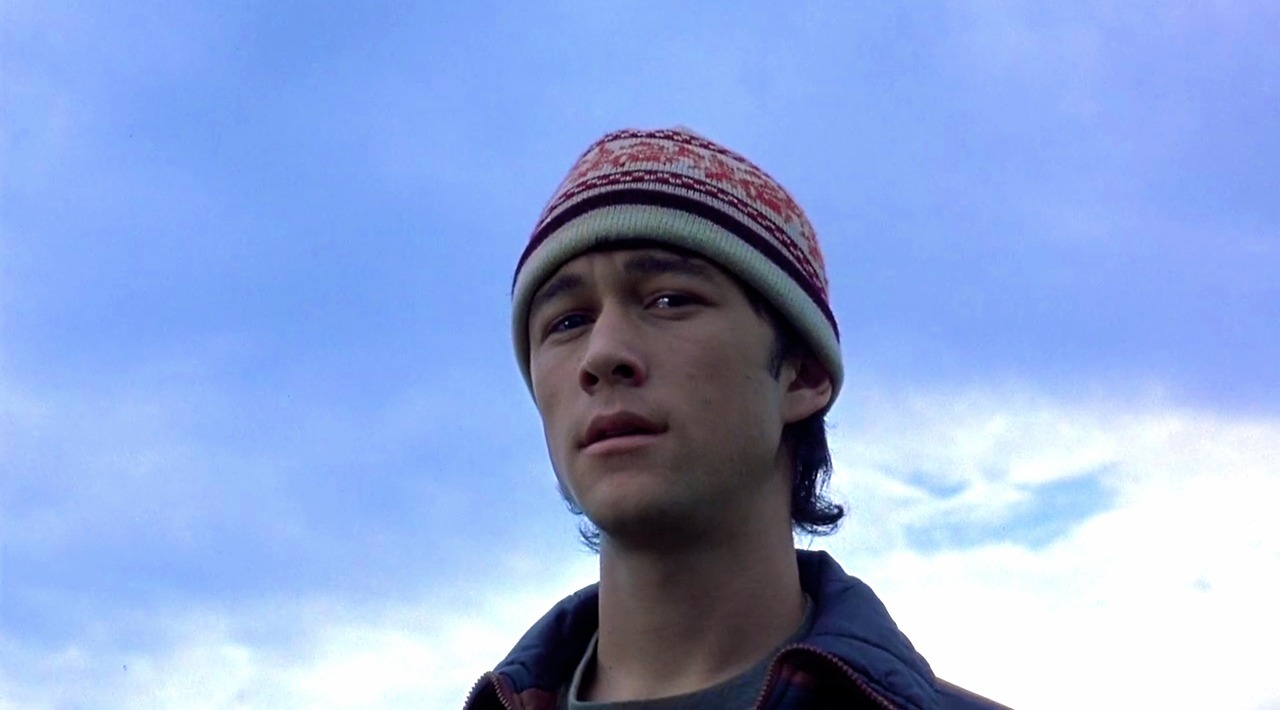
Film is, fundamentally, built to make us feel. At its best, its a sensory experience that allows us a greater understanding of ourselves, the world around us, and our fellow man. One of the ways we can best feel through film, or any art, is with the presence of beauty. Beauty, particularly in filmmaking, can serve a number of purposes. Beauty is most frequently associated with whatever is visually pleasing or striking on the surface – perhaps with a nice looking shot or an attractive looking actor. But the function of beauty in film goes far deeper than that.
Beauty in cinema is found when a film reveals a deeper truth about the world; when the images and sounds on screen open a new appreciation of reality. Beauty in film should, ultimately, make the viewer feel more deliberately and more fully. The following list focuses on underappreciated or overlooked films with this sort of cinematic beauty at their core.
1. Koyaanisqatsi (1982)
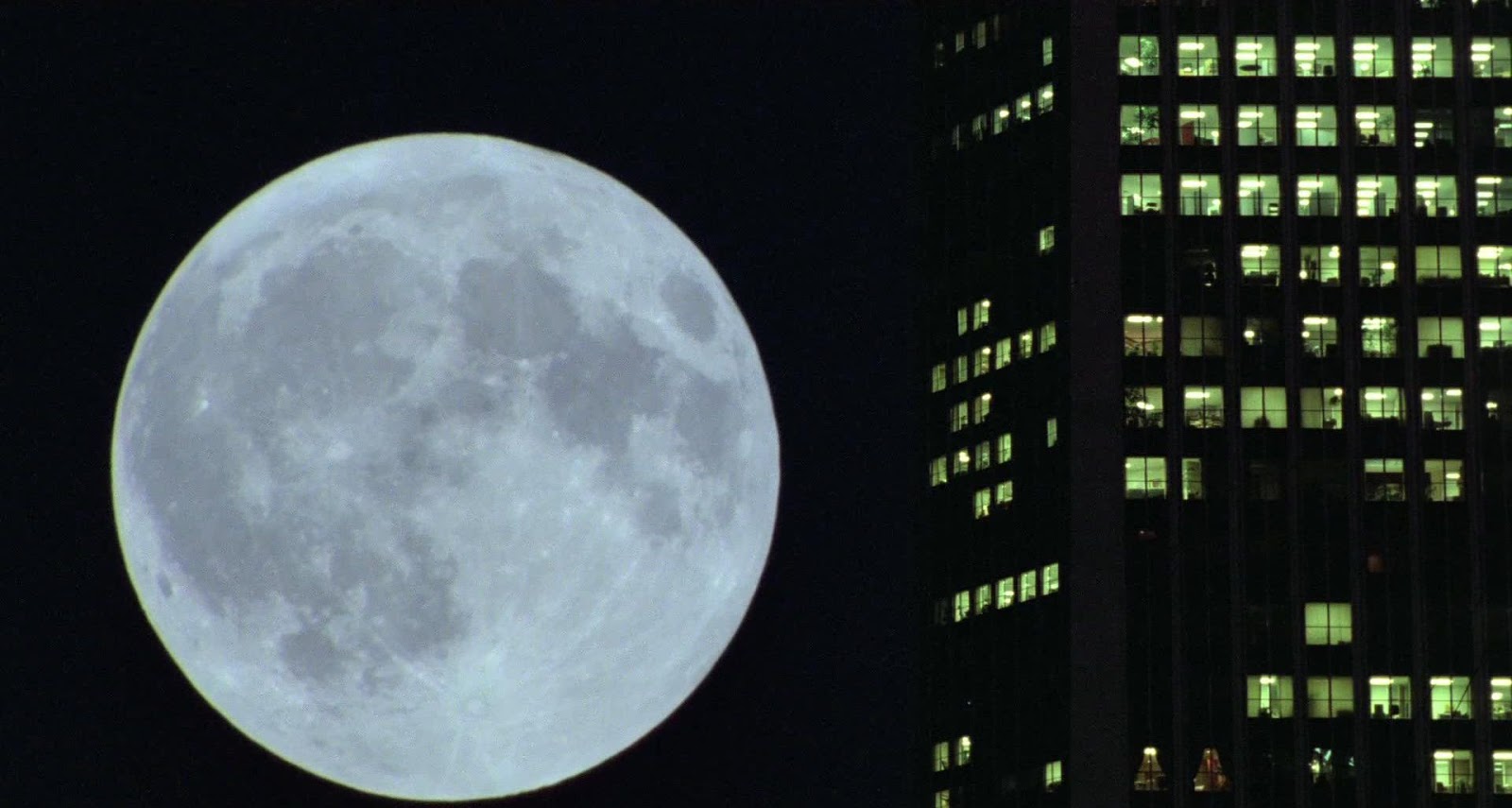
Being the first in a trilogy of three films, Koyaanisqatsi is an experimental documentary directed by Godfery Reggio, studying the motion, serenity, and entropy of the earth. The title of the film is a Hopi word that roughly translates to “life out of balance.” Through a series of brilliantly photographed montages, the film chronicles man’s relationship with nature and himself; whether this is a positive or negative relationship is left open to interpretation.
Koyaanisqatsi is a film of staggering visual beauty, just as impressive of a cinematographic spectacle today as it was in 1982. But the film is far more than a visual marvel. With aid from Phillip Glass’s hypnotic score, Koyaanisqatsi becomes a testament to all life – humanity’s constant turmoil with itself, its environment, and its creations. It is a film equal parts futurist and dystopian in its vision of man’s progress and place in the modern world. The scope of the film is unmatched; it contextualizes even the most mundane functions of society into a wholistic, kinetic portrait of life. Never before, or never again, will a montage of hotdog packaging be so emotionally riveting.
2. Love & Pop (1998)
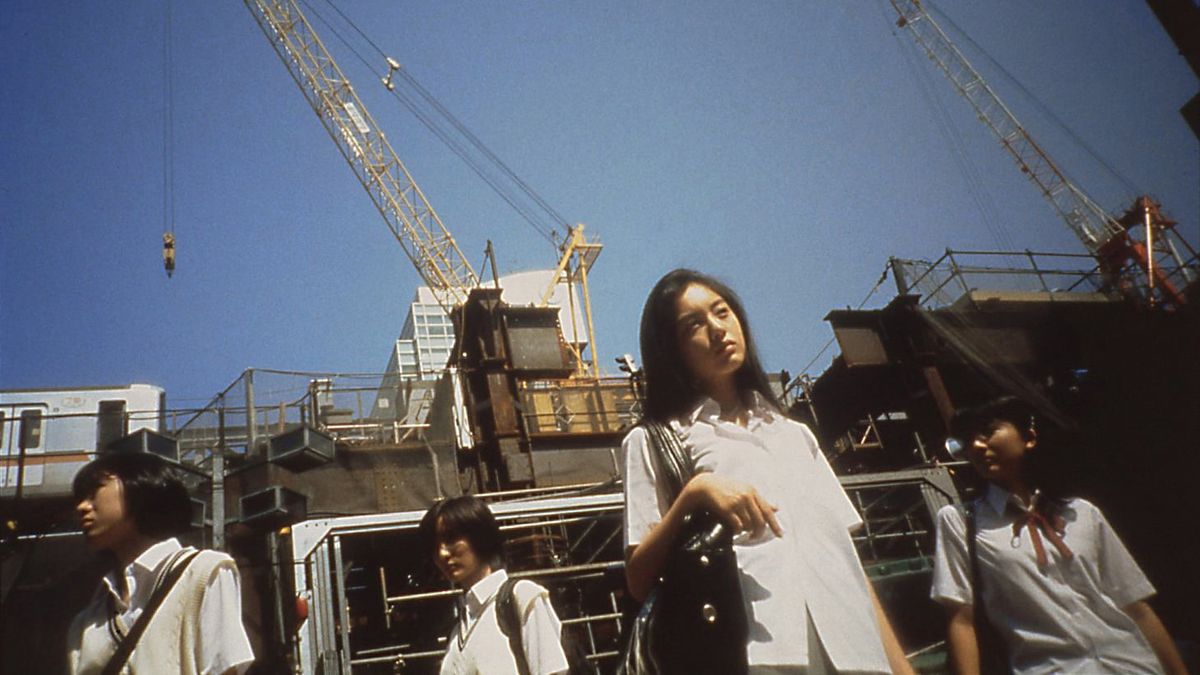
Hideaki Anno is most frequently talked about for his iconic (and ongoing) animated pop culture phenomenon, Neon Genesis Evangelion, consisting of a television series, two film sequels, and a reboot series that will (supposedly) conclude with its fourth film entry in 2020. Evangelion deserves all the praise it has received and then some, but the franchise has unfortunately overshadowed Anno’s more personal, intimate work in live-action film. Love & Pop is Anno’s first live-action film, and one of the most underappreciated works in Japanese cinema to date.
Adapted from Ryu Murakami’s novel Topaz II and shot almost entirely with small, handheld digital cameras, Love & Pop focuses on the exploits of four Japanese schoolgirls and their descent into the compensated dating culture in Japan.
It’s a film of delicate subject matter that takes incredible risks formally; Anno is unafraid to break down the conventions of cinematic language with the grimy little cameras the film is shot on. But while most directors would use the subject matter of the film to turn it into a depressive, cruel experience, Anno handles his subject matter with incredible grace and empathy. Love & Pop is, fundamentally, a coming of age story. It’s about young women finding their place in the world and discovering what it means to be close to someone – to love and be loved. It’s a kinetic, colorful, but ultimately melancholy portrait of youth, criminally underrated and completely unforgettable.
3. Shiki-Jitsu (2000)
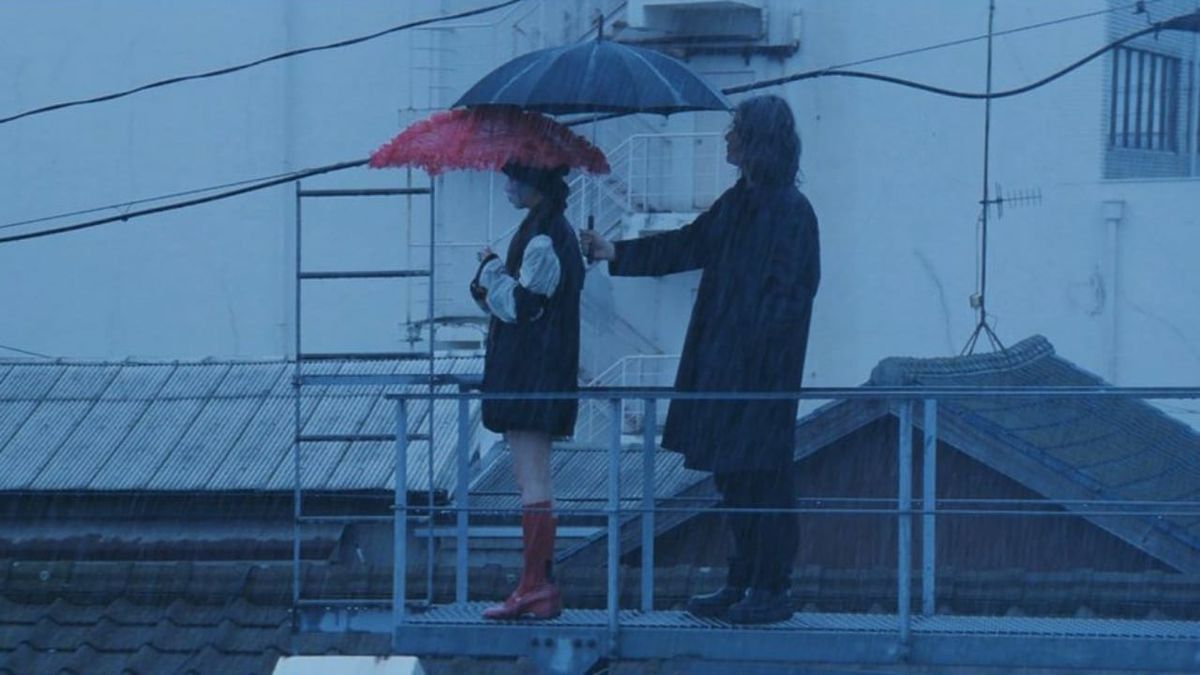
Shiki-Jitsu, translated to Ritual in the U.S., is Hideaki Anno’s second live-action film, released two years after Love & Pop. Starring Japanese independent filmmaker Shunji Iwai, the film is a stylized and lively depiction of rediscovering purpose in one’s life.
The film follows a director who, upon returning to his hometown, meets a strange girl on the train tracks. Every day, she tells herself that tomorrow is her birthday. The director, who wishes to create a live-action film, forms a bond with the girl, who seems to be unable to escape her own fantasy world.
Like much of Anno’s work, both in animation and live-action, Shiki-Jitsu elicits a melancholy sort of nostalgia – it’s a moody and comfortable feeling film, full of visual treats and quirky moments. The whole film seems incredibly personal to Anno and his own desire to reconnect with reality and combat depression. It’s a cozy and eccentric slice of life film, beautiful in its intimacy, humor, and honesty.
4. Angel’s Egg (1985)
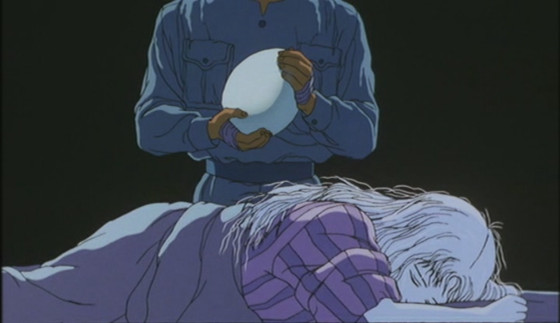
Angel’s Egg is an OVA directed by Mamoru Oshii of Ghost in the Shell (1995) fame.
The film was disregarded upon its release critically and has only recently built up a cult following. It is undoubtedly one of the most haunting animated films ever created.
There’s not much to be said about the film in terms of plot. Consisting of only a few lines of dialogue, Angel’s Egg follows a mysterious young girl holding a large egg as she traverses across a barren, gothic wasteland.
Angel’s Egg is a film that must be experienced rather than explained. The film utilizes images of decay alongside religious iconography as a personal testament to Oshii’s own experience with, and ultimate rejection of, Christianity and faith. In this way, there’s a sense of lingering loss in the film, as if we are seeing the exoskeleton of something that was once whole and beautiful, but is now forgotten. A boy instructs the mysterious girl early on in the film, “keep precious things inside you or you will lose them.” Angel’s Egg could be looked at as an impression of something precious that was lost, the eerie afterglow of warmth and hope. It’s a film of staggering beauty and depth, and essential viewing for anyone interested in animation.
5. Mysterious Skin (2004)
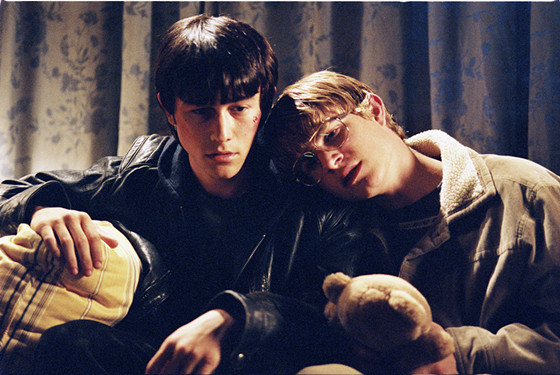
Greg Araki is perhaps most frequently recognized as the forefront of the New Queer Cinema movement and the director of the subversive Teen Apocalypse trilogy. Although the majority of his filmography is cherished exclusively by fans of transgressive independent filmmaking, Mysterious Skin is a film that has proven both timeless and universally powerful in its unpretentious, sensitive approach toward its difficult subject matter.
Starring a young Joseph Gordon-Levitt, Mysterious Skin follows two teen men who seemingly have nothing in common – one is sexually active and rebellious, the other sheltered and obsessed with alien abductions. In spite of their differences, the two slowly discover a shared connection to an event in their childhood. To reveal more of the film’s plot detracts from its weight.
Many people are aware of this film’s existence, but choose not to see it because of its themes and unfortunate NC-17 rating. In reality, Mysterious Skin is one of the greatest and most mature films to deal with sexual trauma and adolescence. It is unflinching in its approach to difficult subjects – it refuses to beat around the bush. But because of this, the film is ultimately able to transcend the tragedy at its core, accenting the moments of genuine beauty between broken youth and the slow process of healing. It’s a difficult film to watch, but an absolutely essential and moving work of fiction, and one of the greatest teen films ever created.